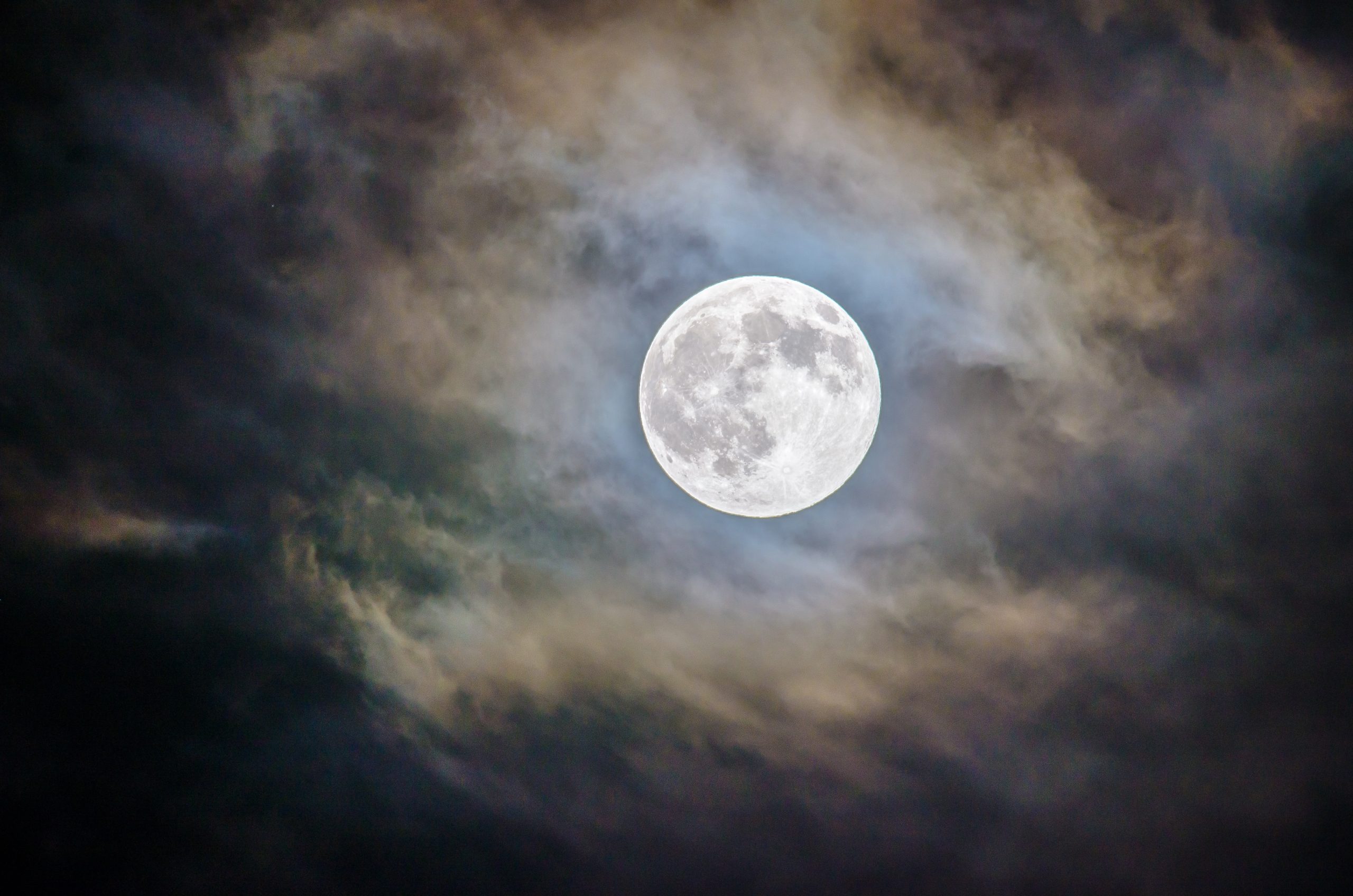What Does the Moon and Star Represent in Islam?
Islam, like many other religions, makes use of symbols to convey deeper meanings and represent important aspects of its beliefs and traditions. One such symbol that is commonly associated with Islam is the combination of the moon and star. The moon and star, often seen together on flags and other Islamic emblems, hold significant symbolism within the faith. In this blog post, we will explore the meaning and significance of the moon and star in Islam, shedding light on their historical, cultural, and spiritual context.
The Historical Context
The use of symbols has a rich historical background in Islam, dating back to the time of Prophet Muhammad (peace be upon him). During the early days of Islam, the Arab tribes used different symbols to represent their specific deities. Among these symbols was the moon, which was associated with the worship of a pre-Islamic pagan deity known as Hubal.
With the arrival of Islam, the Prophet Muhammad sought to eradicate the polytheism prevalent in Arabia and establish the belief in the One True God. As a result, many of the symbols associated with the pagan deities were abandoned. However, some symbols underwent a transformation and were incorporated into Islamic culture in a new context.
The Symbolism of the Moon and Star
In Islam, the moon and star have come to symbolize various aspects of the faith, including spiritual enlightenment, guidance, and the Muslim community as a whole. Here is a closer look at the meanings associated with these symbols:
1. Spiritual Illumination
The moon, with its glowing appearance in the night sky, has long been associated with light and illumination. In Islamic symbolism, the moon represents spiritual enlightenment, knowledge, and guidance. Just as the moon reflects the light of the sun, Muslims believe that they should reflect the light of God in their lives.
Throughout Islamic history, numerous scholars and poets have used the metaphor of the moon to describe the spiritual journey and the quest for inner illumination. The crescent shape of the moon is often used to signify growth, renewal, and the stages of one’s spiritual development.
2. The Islamic Calendar
The moon also holds great importance in determining the Islamic calendar. Unlike the Gregorian calendar, which follows a solar system, the Islamic calendar is lunar-based. The sighting of the new moon marks the beginning of each month, including the holy month of Ramadan. This connection between the moon and the Islamic calendar further reinforces the significance of the lunar symbol in Islam.
3. Muslim Identity and Unity
As mentioned earlier, the moon and star combination can often be found on flags and emblems associated with Muslim-majority countries. The presence of these symbols serves as a unifying factor among Muslims around the world, representing their shared faith and identity. They are a visual reminder of the global Muslim community, known as the Ummah.
Moreover, the moon and star can be seen as a symbol of hope and unity within the Muslim community, particularly in times of adversity. Just as the moon goes through phases and yet remains whole, Muslims believe in the enduring strength and resilience of their faith, even when faced with challenges.
The Misconceptions
It is important to address some misconceptions and clarify that the use of the moon and star as symbols in Islam is primarily a cultural and historical practice. These symbols do not hold any intrinsic religious significance or authority within the religion itself. The primary focus of Islam remains the worship and devotion to Allah, the One True God.
In Conclusion
The moon and star hold both historical and symbolic significance within Islam. As symbols of spiritual illumination, guidance, and the Muslim community, they represent important aspects of the faith. However, it is crucial to remember that Islam’s core teachings and beliefs extend far beyond symbols, emphasizing the monotheistic worship of God and the practice of righteous deeds.
The use of symbols in Islam, including the moon and star, serves as a reminder of the rich historical context and cultural diversity within the Muslim world. These symbols are a testament to the enduring legacy of the Islamic faith and its ability to adapt and incorporate various cultural elements while staying grounded in its fundamental principles.
So, the next time you see the moon and star on an Islamic emblem, you can appreciate the deeper meanings and symbolisms they represent within the context of Islam.
Table of Contents
